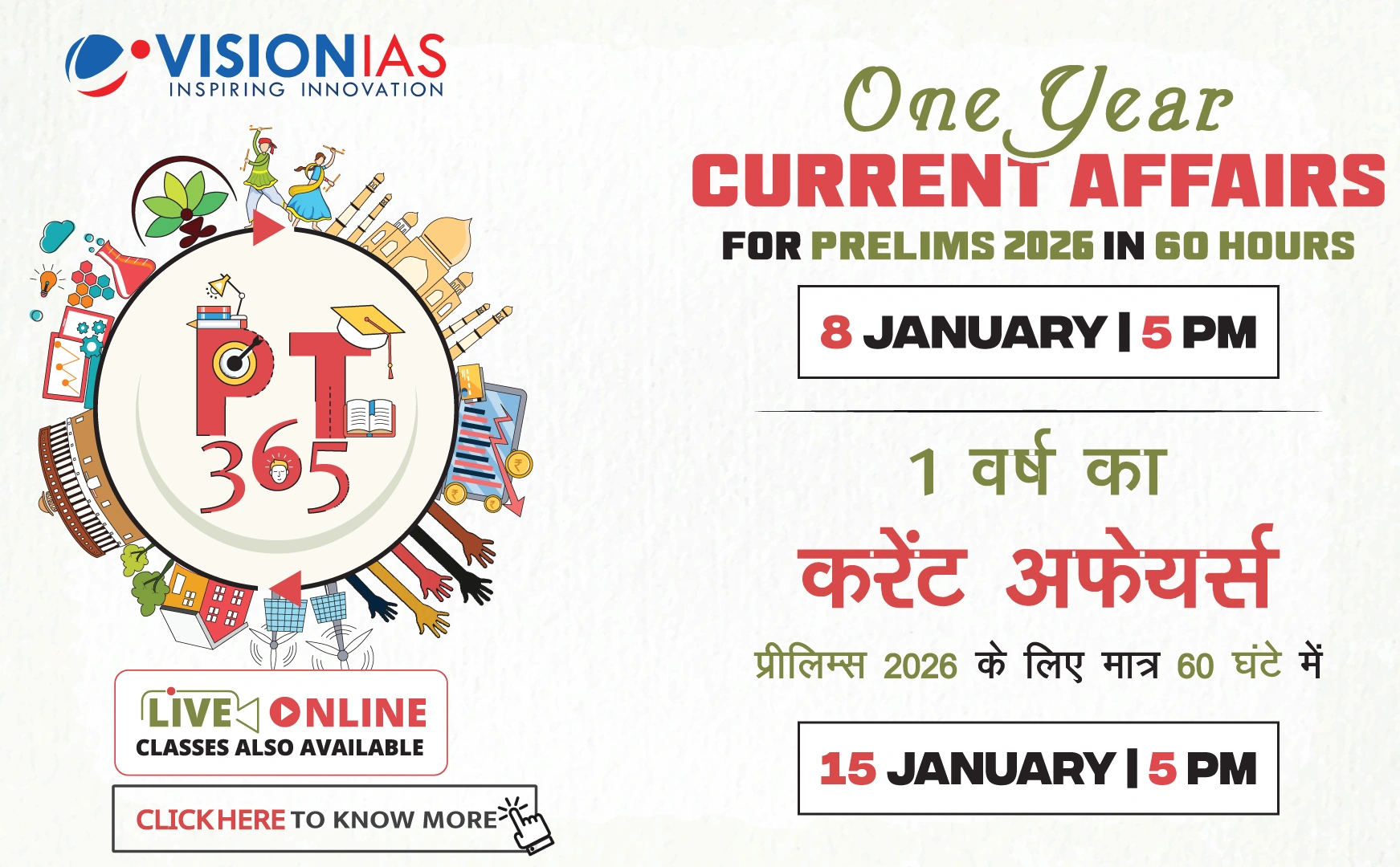News Summary
- Ancient Indian History
- Appendix
- Art and Culture
- Basic Science (Biology)
- Basic Science (Physics)
- Economics (Indian Economy)
- Economics (Macroeconomics)
- Economics (Microeconomics)
- Environment
- Ethics
- Geography
- Indian Society
- International Relations
- Medieval Indian History
- Modern Indian History
- Personalities in News
- Places in News
- Polity and Governance
- Post Independence
- Schemes in News
- Science and Technology
- Security
- Social Issues
- World History



